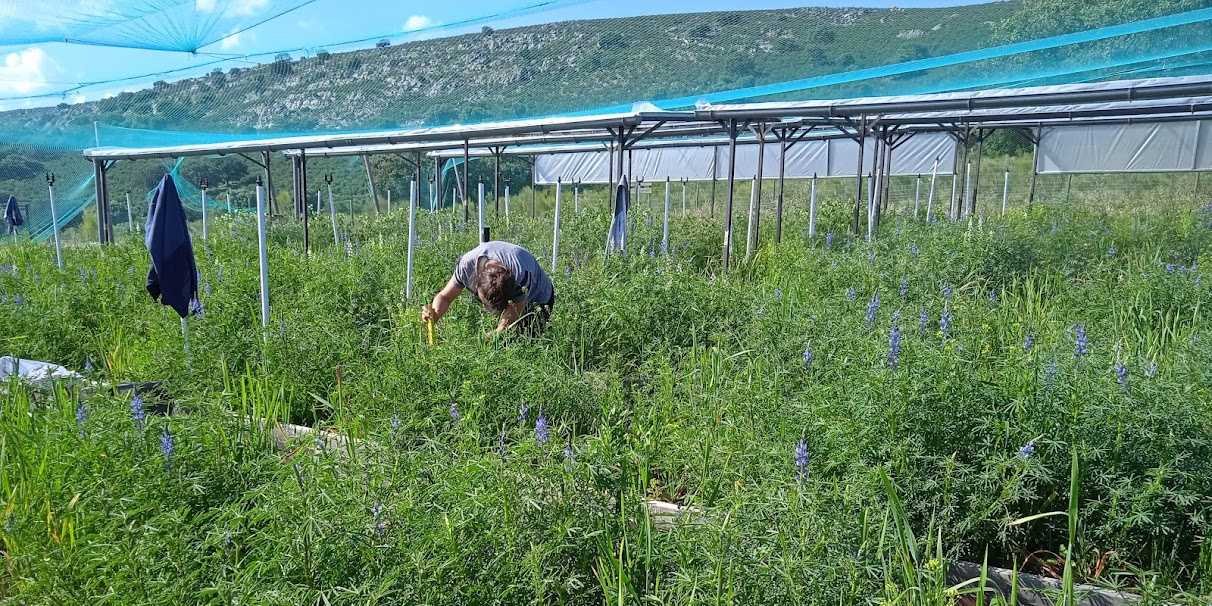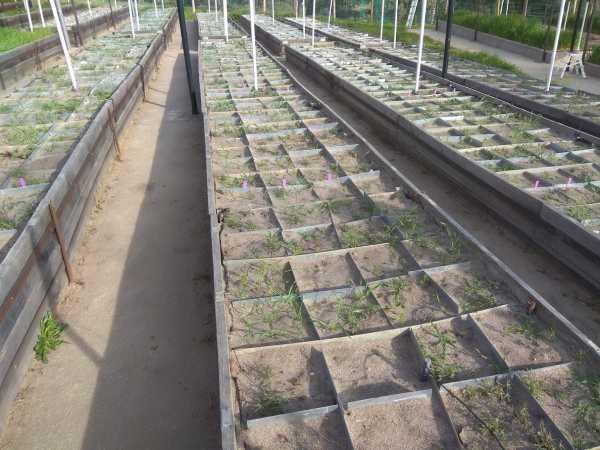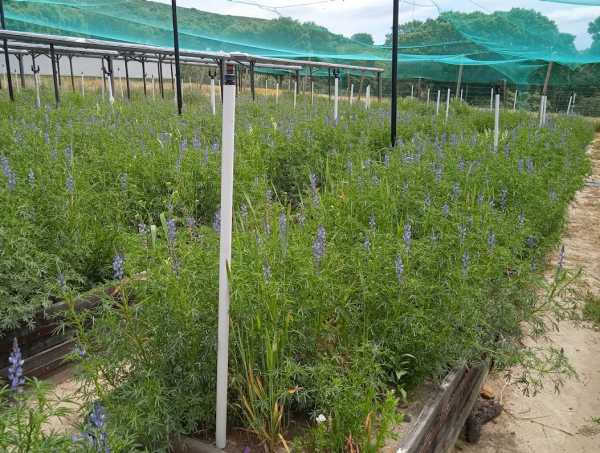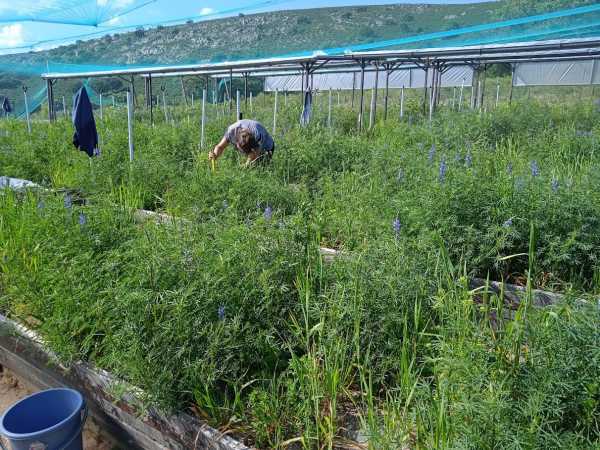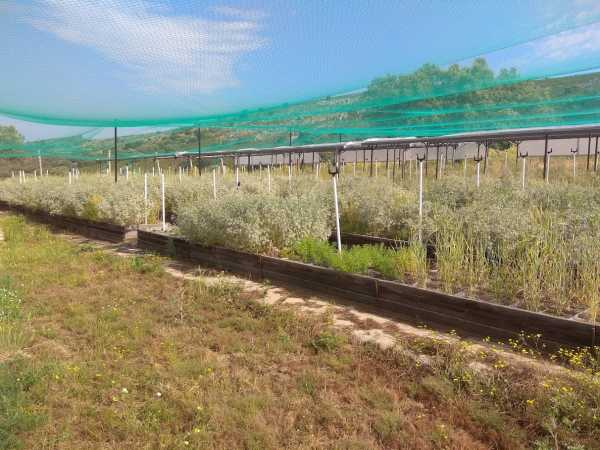Previous research has demonstrated that the surrounding plant community of a focal plant exerts a selective pressure, such that plants growing in a monoculture of conspecific neighbours develop different properties than plants growing in a diverse neighbourhood. However, so far there was no empirical evidence that plants in a diverse community would simultaneously adapt to each other if they coexisted over multiple generations.
Unveiling coevolutionary dynamics
In their study, Anja Schmutz and Christian Schöb addressed this question using annual crop plants that have been grown over multiple generations with specific neigbouring plant species or alone without any neighbours. The researchers tested whether plants grown in a given combination (e.g. A with B) would grow better when A and B were growing together in the previous generations compared to cases where only A or only B was used to grow with the other species, or where both species were used to grow on their own as isolated plants without neighbours. The study was funded by the ETH Research Grant and published in the PNAS journal.
Evidence from crop species interactions
Through this intriguing experiment with six annual crop species, the authors could on the one hand confirm that plants indeed evolved depending on their neighbourhood. On the other hand, the authors could demonstrate that for one species there was evidence for coevolutionary adaptation of plants to each other in a crop species mixture, expressed through distinct properties expressed by the plants when they were grown together as co-adapted plants, and through increased productivity as a community when coadapted plants were grown together compared to the same combination with at least one plant species that was naïve to its neighbour.
Implications for ecosystem functioning
This research therefore provides evidence for the existence of coevolution among plants in a plant community and that this coadaptation has consequences for ecosystem functioning. This coevolution is supposed to be the consequence of an initially incidental interaction unlike the coevolution known so far for organisms exerting obligatory interactions (such as plants and their pollinators or hosts and their parasites). Furthermore, this coevolution of plants has profound implications not only for natural plant communities, where these interdependences of organisms in a community can exacerbate the consequences of global changes on a species.
Relevance to agricultural practices
The result is also important for the currently promoted agricultural practice of mixed cropping, where today crops adapted and bred to grow in monoculture are used for mixed cropping. Here, our results suggest that cultivars specifically adapted to grow with heterospecific neighbours in a mixed cropping system would increase productivity beyond the generally acknowledged mixed cropping benefits on yield compared to monoculture cropping.
